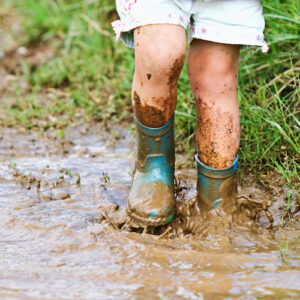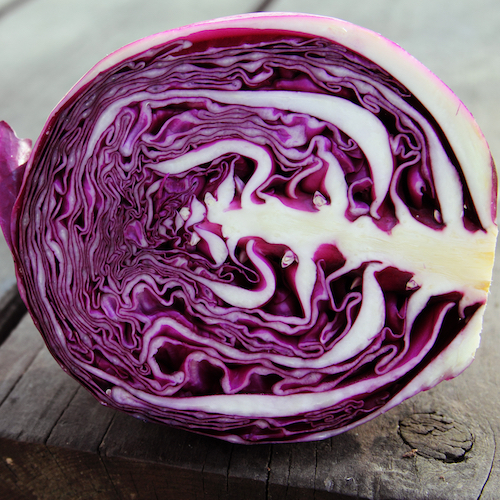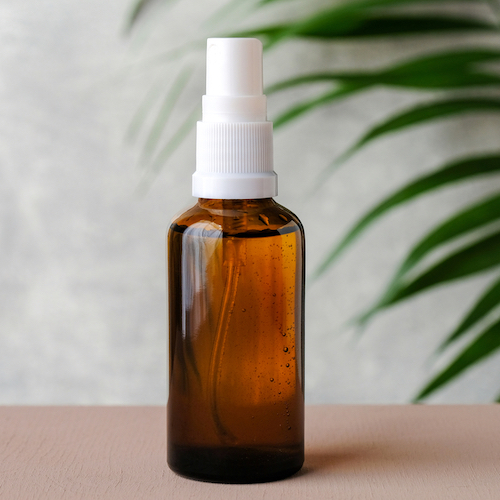I’ve never been big on cleaning everything until it sparkles or killing every germ in the house which is why I don’t use nasty supermarket cleaners. The fear of germs has been well cultivated by advertising to sell millions of cleaners which assure you that 98% of all germs will be killed and therefore you will be healthy.
Well, that just isn’t true.
Research is emerging which tells us that kids should eat a little dirt, we should live with some bugs and we need to keep the millions of germs which live on and in our bodies healthy.
I was fascinated to read a piece in the New York Times by my favourite author Michael Pollan where he talks to New Zealand biologist Rob Knight who is doing groundbreaking work on microbes in the United States.
The article focusses on the need to keep the bacteria in our gut and elsewhere well fed and nurtured and how processed foods and additives work to kill these essential microbes.
I particularly like the fact that owning a family dog is good for your microbial health and that you shouldn’t wash your hands after patting them. Pollan summarises that eating fermented foods such as yoghurt, sourdough, and sauerkraut creates a good atmosphere for bugs to grow in so I’m going to find a recipe and try making my own sauerkraut which I love. I’m also getting the sourdough starter out of the fridge where I put it a month ago. I was too busy to make bread every day so gave it a rest. Having read this article I’m going to get back into it.
Pollan’s American Gut Project is the largest microbiome study ever to be published and it validates citizen science as a feasible model for engaging the public on scientific topics. Among the observations made by the team of scientists at the UC San Diego Center for Microbiome Innovation is that the number of plants in a person’s diet is a factor in the diversity of their gut microbiome.
“Here were the names of the hundreds of bacterial species that call me home,” said Pollan of his printout, in a piece he wrote for The New York Times. “In sheer numbers, these microbes and their genes dwarf us. It turns out that we are only 10 percent human: for every human cell that is intrinsic to our body, there are about 10 resident microbes— including commensals (generally harmless freeloaders) and mutualists (favour traders) and, in only a tiny number of cases, pathogens. To the extent that we are bearers of genetic information, more than 99 percent of it is microbial. And it appears increasingly likely that this ‘second genome,’ as it is sometimes called, exerts an influence on our health as great and possibly even greater than the genes we inherit from our parents. But while your inherited genes are more or less fixed, it may be possible to reshape, even cultivate, your second genome.”






About The Author: Grant_admin
More posts by grant_admin